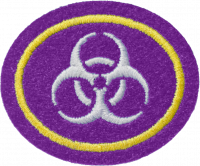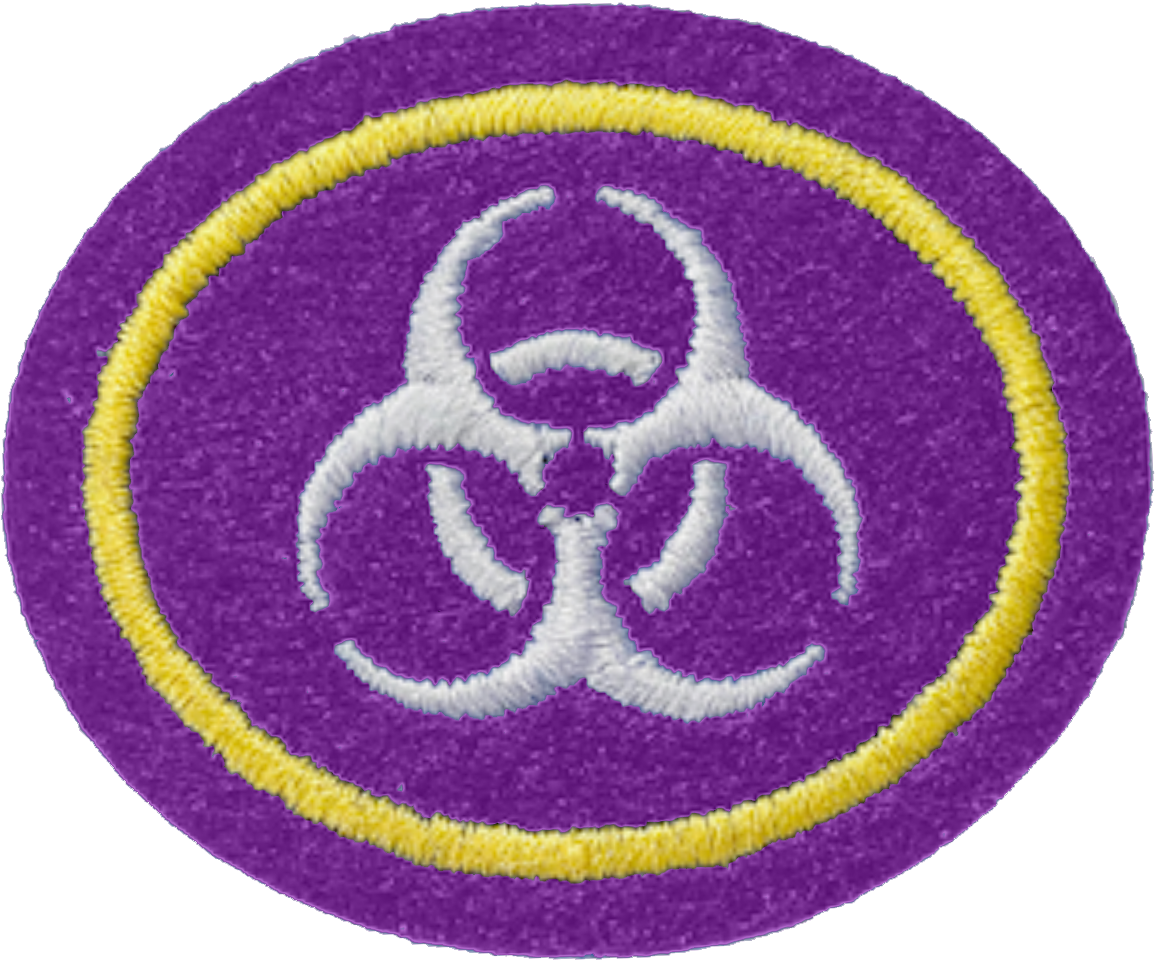Difference between revisions of "AY Honors/Biosafety/Requirements/en"
(Updating to match new version of source page) |
(Updating to match new version of source page) |
||
| Line 1: | Line 1: | ||
{{HonorSubpage}} | {{HonorSubpage}} | ||
| − | <section begin=Body /> | + | <section begin=Body /> |
<b>1. <section begin=req1 /><noinclude></noinclude>Define the following terms: | <b>1. <section begin=req1 /><noinclude></noinclude>Define the following terms: | ||
Latest revision as of 16:46, 3 January 2023
1. Define the following terms:
- a. Biosafety
- b. Biohazard
- c. Risk Factor
- d. Biological material
- e. Chemical or biological accident
- f. Chemical or biological incident
- g. Pathogen
- h. Aerosols
- i. PPE
2. Describe which PPEs are used by health professionals. What are they for? Discuss at least five other non-health care fields that routinely use PPE for protection from biohazards and why they are needed.
3. Differentiate between outbreak, epidemic, pandemic and endemic. Make a Venn diagram or chart that shows the things that are the same and those that are different.
4. Develop a list of precautions that should be taken during an epidemic/pandemic.
5. Chart, list, or illustrate the differences between isolation and quarantine.
6. Choose two of the following historic diseases and answer: When did it occur? How many were infected? How was it spread? What were the symptoms? What were the biosafety precautions used? How was it abated?
- a. Smallpox
- b. Typhus
- c. 1918 Influenza (Spanish Flu)
- d. Polio
- e. Swine Flu
7. Choose two of the following diseases and answer: What are the symptoms? How is it spread? Is there a cure today? Where and when was there an outbreak/epidemic/pandemic? Is there a prevention for this disease? What are the biohazard safety methods used to combat the spread of this disease?
- a. Cholera
- b. Tuberculosis
- c. Yellow Fever
- d. Measles
- e. Malaria
- f. Ebola
- g. AIDS
- h. COVID-19
8. Complete the following:
- a. Which of the previous diseases studied are or were endemic to your local area?
- b. Which of the previous diseases are current travel concerns and what locations are greater risks to encounter them?
- c. Choose a place in the world you would potentially like to travel to and learn of the outbreaks and diseases that require or recommend a vaccine.
9. How do vaccines work? Why is it important to be up to date with your immunizations?
10. Name a national or global entity that assists in developing and applying disease prevention and control.
- a. Where is this organization located?
- b. What information does it relay and why is it important to know how to access that information?
11. Explain why it is so important to remove medical gloves properly. Demonstrate the proper way to remove medical gloves without transferring pathogens from the gloves to your hands through the following exercise:
- a. Coat your gloved hands with a simulated “pathogen” (such as Glo-Germ, cooking oil, ketchup, corn syrup, tempera paint, etc.).
- b. Remove the gloves using proper technique without transferring any of the simulated “pathogen” to your skin or clothing.
- c. Dispose of the gloves.
- d. Clean up the mess.
12. Regarding the cleaning of hands:
- a. Why is hand washing recommended rather than hand sanitizing whenever possible?
- b. What steps should be taken to make sure all parts of the hands are clean? Explain why it is important to follow each step.
- c. What song have you found that is long enough that you can sing it completely while scrubbing your hands?
- d. Why is the use of paper towels preferable over cloth towels that will be used several times?
- e. Make a video or other presentation to demonstrate to your instructor how to properly wash and dry your hands.
13. Regarding hand sanitizer:
- a. Why is 70% isopropyl alcohol the most effective concentration as the main cleansing sanitizer ingredient?
- b. What is the correct way to use hand sanitizer?
- c. Explain when it is appropriate to use hand sanitizer instead of soap and water.
14. Regarding face masks:
- a. Explain the rationale for using a homemade mask.
- b. Learn how to improvise a face mask using materials commonly found around your home.
- c. Research and make a face mask using ideal fabric and design per instructions.
- d. Under what conditions would it be advantageous to upgrade to a certified commercial face mask?
15. Regarding coughing:
- a. Perform the following:
- i. Position yourself 12 inches (30 cm) in front of a clean pane of glass or a mirror and cough on it. Observe the amount and distribution of the droplets produced by the cough. Clean the glass.
- ii. While maintaining the same distance from the glass as with the uncovered cough, repeat by coughing into the crook of your arm. Compare the amount and distribution of droplets. Clean the glass.
- iii. Repeat this exercise while wearing a mask. Compare the amount and distribution of droplets. Clean the glass when you are finished.
- b. Based on your observations, identify what actions should be taken when coughing or sneezing to avoid contaminating other people.
16. Study the protocol that the Lord gave Moses concerning leprosy in Leviticus 13:1-46. How do the social distancing and quarantine principles of this passage compare to modern recommendations?
17. According to Matthew 24:3-8, what does the Bible say about end-time diseases?
18. According to 1 Corinthians 15:51-58 and Revelation 21:1-5, what will happen to sicknesses and diseases when we go to Heaven?


